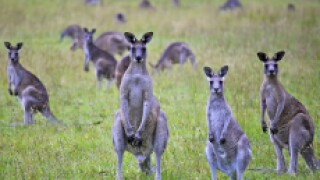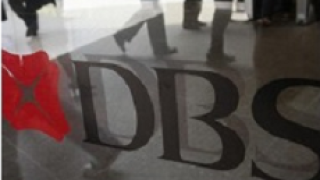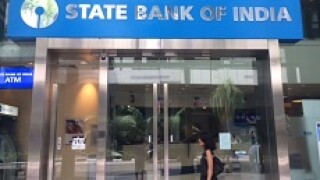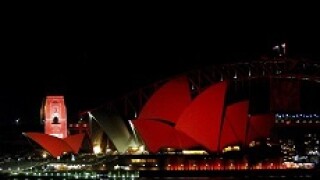Westpac
-
Westpac New Zealand’s €750m five year this week attracted the largest order book and was priced at the tightest ever spread for a New Zealand covered bond. Bank of New Zealand is set to follow.
-
After five months of silence, corporate issuers have returned to the Kangaroo bond market as pent up demand provides a ready home for paper.
-
Singapore's DBS is looking to expand its covered bond investor base and has now set its sights on an Australian dollar offering.
-
Norwegian issuer SR Boligkreditt and New Zealand borrower Westpac NZ will both take new euro deals on the road before the end of May, and the UK’s TSB has confirmed covered bonds will form part of its long term funding.
-
Deutsche Bank returned to the dollar market with its biggest-ever deal in the currency as it exploited favourable funding conditions.
-
The end of the Japanese financial year and strong demand from global asset managers propelled long dated paper in the Kauri and Kangaroo markets to success in the last two weeks.
-
Korea Development Bank (KDB) announced plans on Tuesday to return to the Kauri market, with what would be its first note in the format since 2014.
-
State Bank of India launched its $500m fundraising into general syndication on Tuesday via eight mandated lead arrangers and bookrunners.
-
Syndication has closed for a $975m refinancing for India’s Reliance Industries, with four new lenders coming in.
-
Australian banks are going through one of their toughest periods as slowing economic growth and greater regulatory oversight cause them to rethink their business models, especially when it comes to overseas activity. With new CEOs in place at three of the four big lenders, the industry is set for an overhaul. Ben Power reports.
-
Upcoming commercial paper regulation has triggered a flurry of MTNs from Australian banks, moving away from an asset class in which they have historically been very active.
-
Far from a signal of returning strength in commodities, this week’s iron ore surge was due to freak activity in derivatives markets, an analyst has claimed, since daily futures volumes were equal to the annual output of big iron ore producers.








